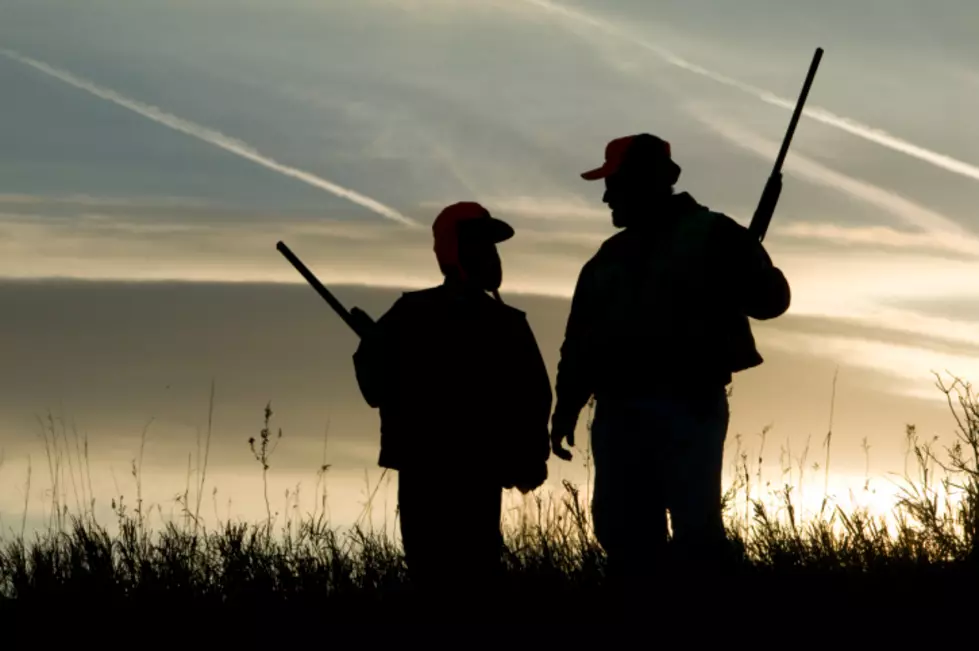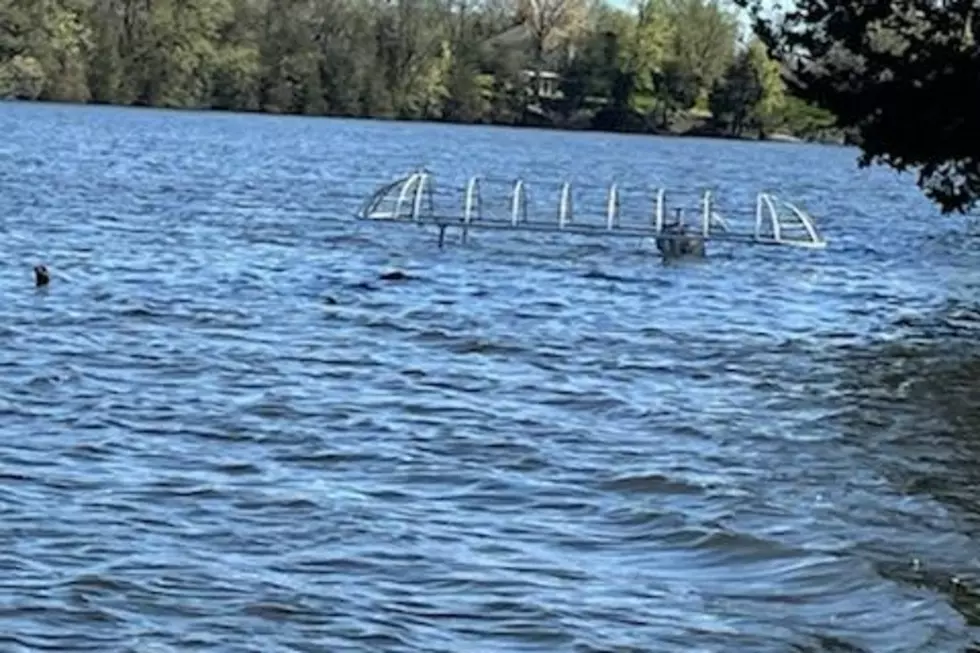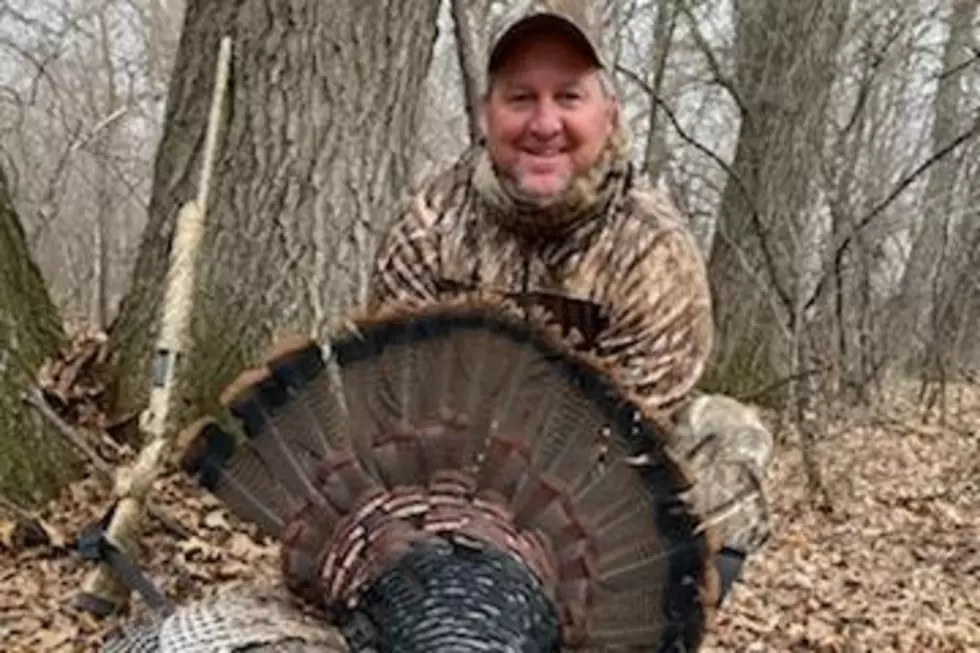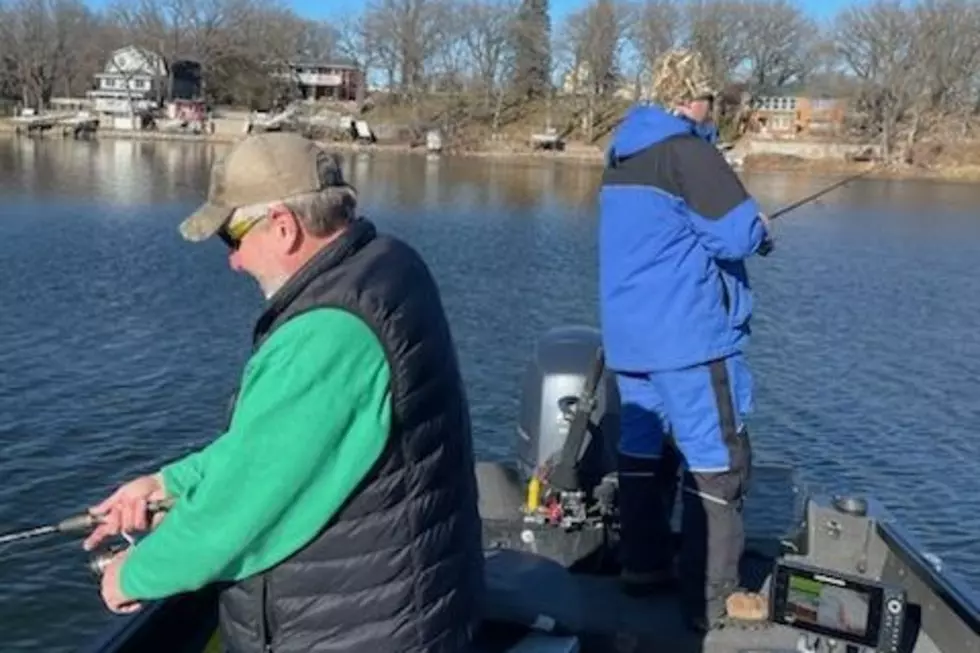
Hunting Sophisticated Geese
By the time our hunting group reaches the Dakotas, the geese we like to target have seen it all. They have been harassed by hunters for six weeks and know the ins and outs of decoy spreads and layout blinds.
Because of their level of sophistication and wariness, working these birds becomes a challenge. However, coping with a challenge does not mean success cannot be obtained.
There are several factors that go into our hunting success that need to be noted. These factors may seem small when looked at individually, but when they are all put together, they comprise a system that continually works for us.
First of all, there is the scouting. Picking the right field is critical. The field we pick may not be one geese are using for feeding as they often target a different feeding field every day. However, knowing their fly zones and roost areas is essential.
If we can get our spread in a place that has good visibility and on a traffic route, we feel we can harvest birds. Good visibility is especially important. You can’t attract birds that can’t see you.
When it comes to laying out the spread, we are very fussy. We step off the distances between both sides of the landing pocket as well as the distance from our blinds to the furthest decoys. It is hard to accurately get this done in the dark without pacing it off. We double check with a range finder once it is light.
The decoys themselves have to look exceptional. We touch up or replace anything that looks tacky. We paint the black and white portions of decoys with Bird Vision Paint which duplicates the UV qualities found naturally in feathers (available at www.barrelsup.com).
We put out a few large shells that act as a catch-all for equipment. Coffee, lunch, shell kits and harvested birds all go under a decoy.
We make sure our blinds are extremely well concealed. Much of the concealment is done with Killer Weed before we ever leave home. Final touches are made with field vegetation each morning.
As for our actual decoys, we have a variety. We incorporate full bodies, shells, silhouettes, and windsocks. We utilize family groups to some degree all season long. We make sure every grouping has sentries and feeders.
Some movement is critical. We use motion stakes for our shells and have full bodies that swing in the wind. Our Deadly Decoy windsocks add extra realism not achievable with other motion systems.
We are also very active flaggers. Every hunter in our group has some form of a flag that is available for use.
As for calling, we do enough to keep the birds interested and coming. We have learned the hard way that over calling is often the kiss of death. Geese talk to each other, they don’t shout.
In short, we pay incredible attention to detail. We adjust the spread as needed and will turn it 180 degrees if the wind changes. We will tweak blinds, flagging, calling or whatever we feel it takes to get the job done.
No matter where you hunt, dealing with wary geese is not out of the ordinary. It is the norm. Being able to consistently get close targets is the process of doing many little things right.
More From AM 1240 WJON









